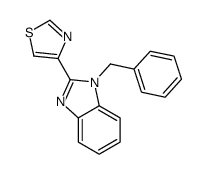148-79-8
| Name | thiabendazole |
|---|---|
| Synonyms |
Arbotect
Tresaderm 2-(thiazol-4-yl)benzimidazole Mintezol 2-(4-Thiazolyl)benzimidazole,Thiabendazole 2-(4-thiazolyl)-1H-benzimidazole TBZ Benzimidazole, 2-(4-thiazolyl)- 2-(4-Thiazolyl)benzimidazole 4-(1H-Benzo[d]imidazol-2-yl)thiazole 2-(4-Thiazoly)benzimidazole 1H-Benzimidazole, 2-(4-thiazolyl)- EINECS 205-725-8 Tiabendazole 2-(1,3-Thiazol-4-yl)-1H-benzimidazole 2-(1,3-thiazol-4-yl)benzimidazole MFCD00005587 Thiabendazole 2-(1,3-thiazol-4-yl)-1H-1,3-benzimidazole |
| Description | Thiabendazole inhibites the mitochondrial helminth-specific enzyme, fumarate reductase, with anthelminthic property. Target: Fumarate ReductaseTiabendazole serves to block angiogenesis in both frog embryos and human cells. It has also been shown to serve as a vascular disrupting agent to reduce newly established blood vessels. Tiabendazole has been shown to effectively do this in certain cancer cells. Thiabendazole works by inhibition of the mitochondrial, helminth-specific enzyme, fumarate reductase, with possible interaction with endogenous quinone [1].Thiabendazole inhibited B16F10 proliferation in vitro in a dose- and time-dependent manner with an IC50 of 532.4 +/- 32.6, 322.9 +/- 28.9, 238.5 +/- 19.8 microM at 24, 48, and 72 h, respectively. Moreover, thiabendazole inhibited the angiogenesis and the migration of B16F10 cells in vitro. Furthermore, thiabendazole restrained transcription and translation of the VEGF gene in B16F10 in vitro, and the apoptotic percentage of B16F10 cells was increased after exposure to thiabendazole [2]. |
|---|---|
| Related Catalog | |
| References |
| Density | 1.4±0.1 g/cm3 |
|---|---|
| Boiling Point | 446.0±37.0 °C at 760 mmHg |
| Melting Point | 298-301ºC |
| Molecular Formula | C10H7N3S |
| Molecular Weight | 201.248 |
| Flash Point | 226.2±16.9 °C |
| Exact Mass | 201.036072 |
| PSA | 69.81000 |
| LogP | 2.47 |
| Vapour Pressure | 0.0±1.1 mmHg at 25°C |
| Index of Refraction | 1.740 |
| Water Solubility | 0.005 g/100 mL |
CHEMICAL IDENTIFICATION
HEALTH HAZARD DATAACUTE TOXICITY DATA
MUTATION DATA
|
| Symbol |

GHS09 |
|---|---|
| Signal Word | Warning |
| Hazard Statements | H410 |
| Precautionary Statements | P273-P501 |
| Personal Protective Equipment | Eyeshields;Gloves |
| Hazard Codes | N:Dangerousfortheenvironment; |
| Risk Phrases | R50/53 |
| Safety Phrases | S60-S61 |
| RIDADR | UN 3077 |
| WGK Germany | 2 |
| RTECS | DE0700000 |
| Packaging Group | III |
| Hazard Class | 9 |
| HS Code | 2934100015 |
|
~86%
Detail
|
| Literature: E. I. Du Pont de Nemours and Company Patent: US5310923 A1, 1994 ; |
|
~91%
Detail
|
| Literature: E. I. Du Pont de Nemours and Company Patent: US5310924 A1, 1994 ; |
|
~91% 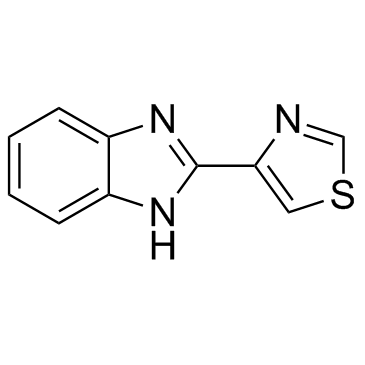
148-79-8 |
| Literature: E. I. Du Pont de Nemours and Company Patent: US5310924 A1, 1994 ; |
|
~% 
148-79-8 |
| Literature: Journal of the American Chemical Society, , vol. 132, p. 1230 - 1231 |
|
Detail
|
| Literature: E. I. Du Pont de Nemours and Company Patent: US5310923 A1, 1994 ; |
|
~% 
148-79-8 |
| Literature: US2009/142265 A1, ; US 20090142265 A1 |
|
~% 
148-79-8 |
| Literature: Bulletin of the Korean Chemical Society, , vol. 34, # 8 p. 2305 - 2310 |
| Precursor 10 | |
|---|---|
| DownStream 10 | |
| HS Code | 2934100015 |
|---|---|
| Summary | 2934100015 2,4-dimethyl-n-phenylthiazole-5-carboxamide。supervision conditions:s(import or export registration certificate for pesticides)。VAT:17.0%。tax rebate rate:9.0%。MFN tarrif:6.5%。general tariff:20.0% |


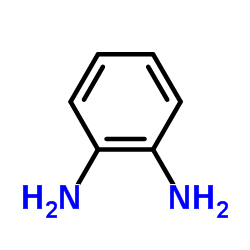
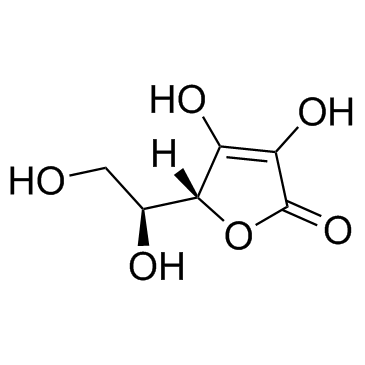


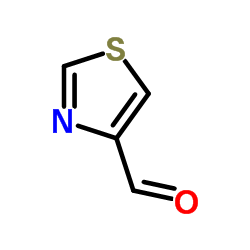


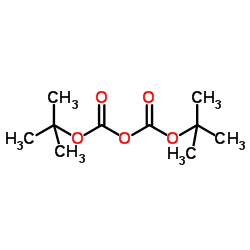


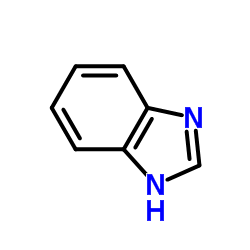


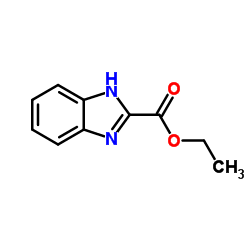
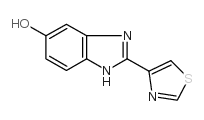
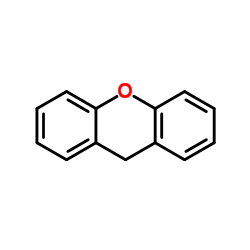
![4-(5-nitro-1H-benzo[d]imidazol-2-yl)thiazole structure](https://image.chemsrc.com/caspic/338/3575-05-1.png)
